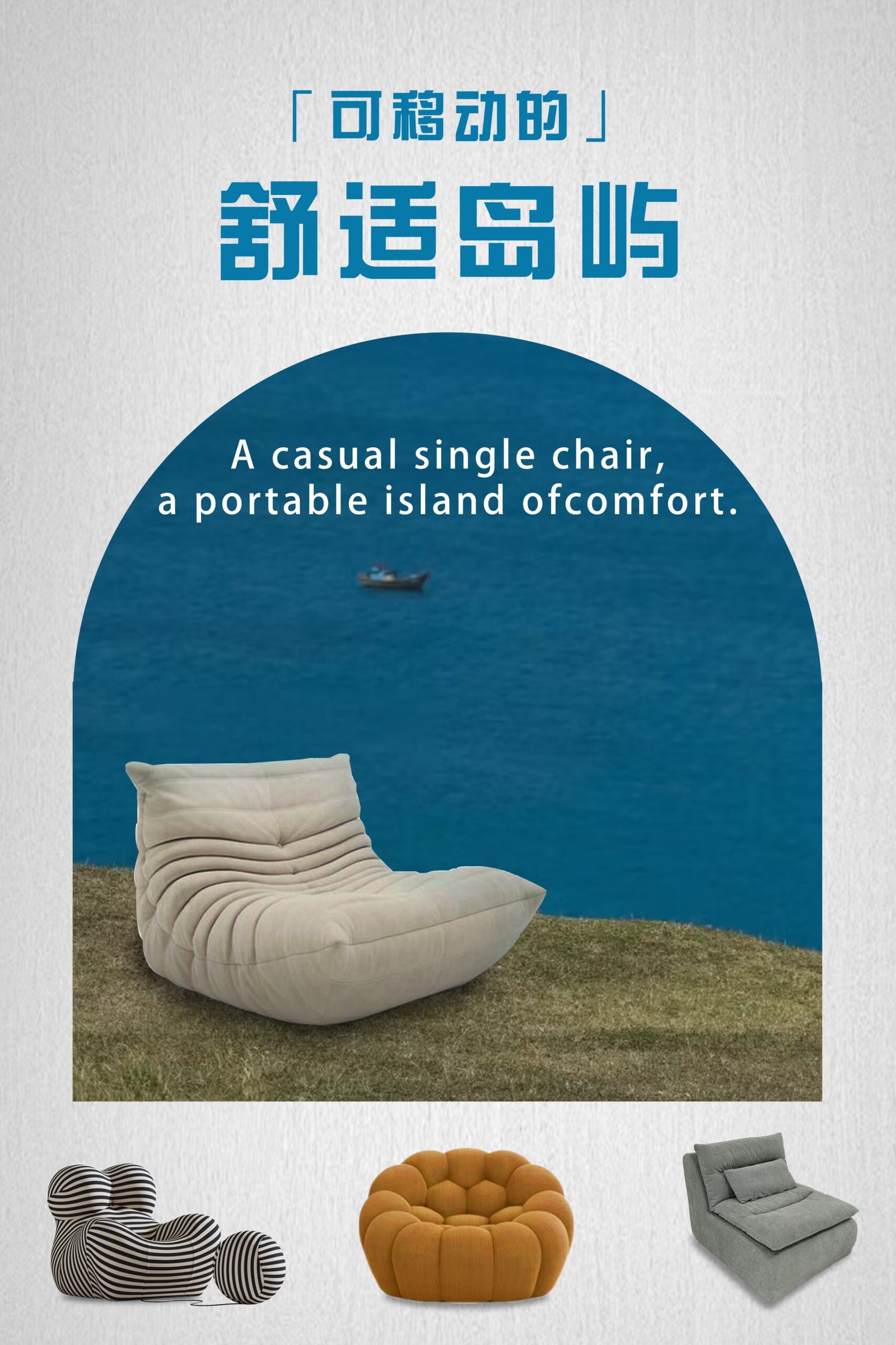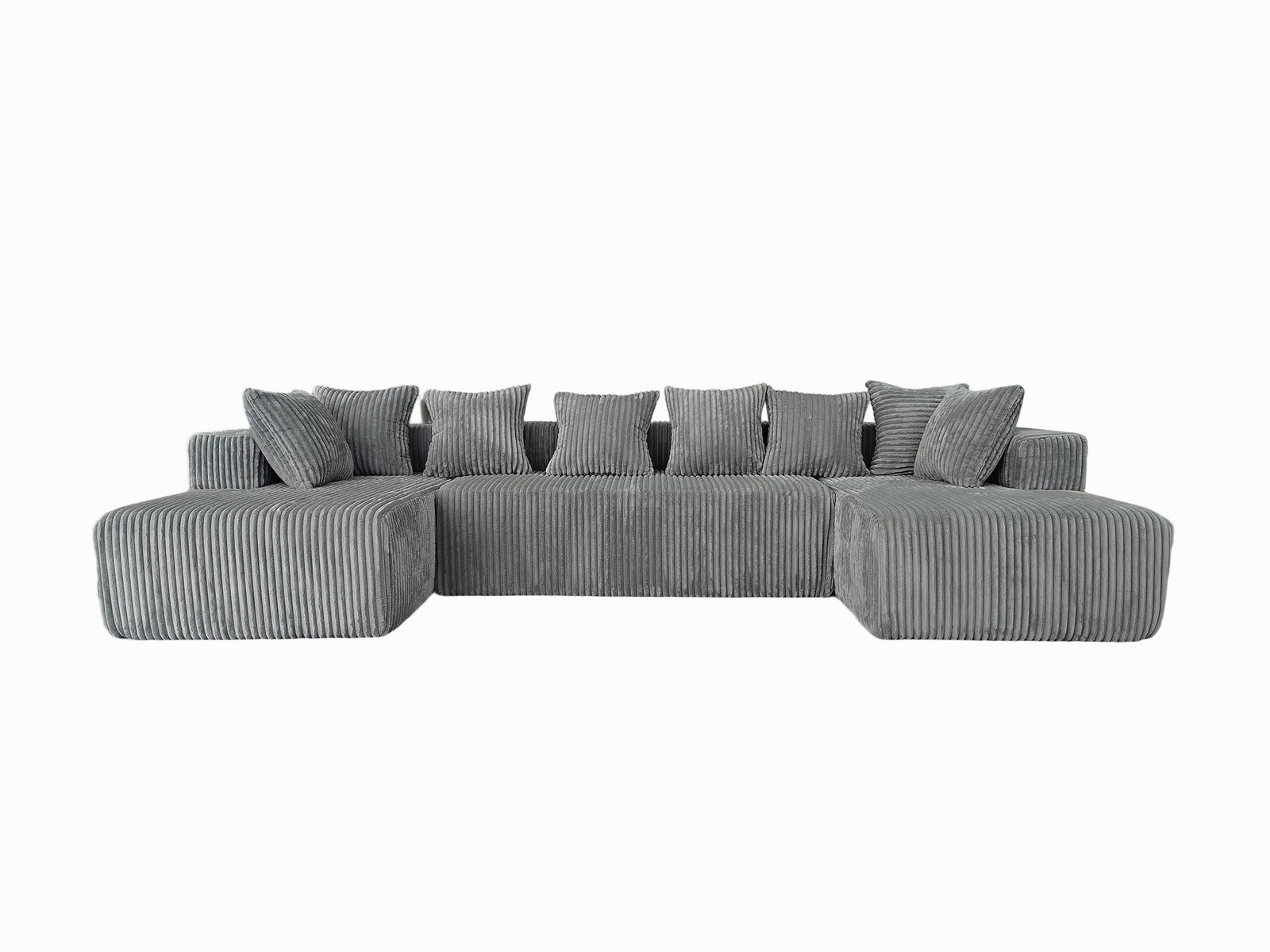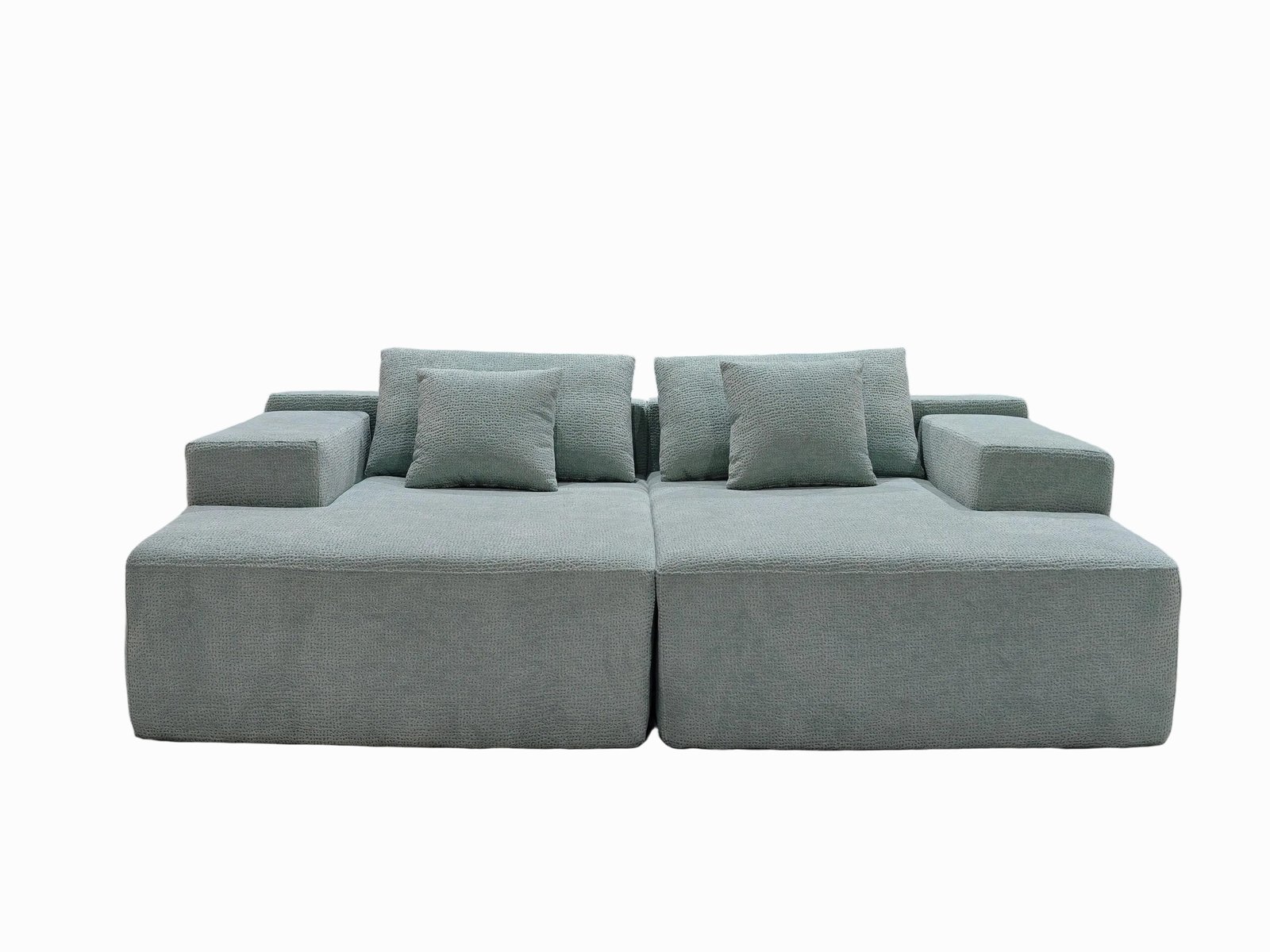
Running a profitable sofa business isn’t just about sourcing the best product—it’s about building partnerships that last.
To build a long-term relationship with a compressed sofa supplier, you must focus on trust, transparency, quality control, consistent communication, and aligned growth strategies.
A strong supplier relationship gives you more than just furniture—it gives you leverage, flexibility, and peace of mind.
Why Does Long-Term Supplier Cooperation Matter?

Your supplier isn’t just a vendor. They’re part of your value chain. If they fail, your product fails. If they grow with you, your business scales smoothly.
A stable supplier relationship ensures better terms, faster response times, and collaborative product development—all essential for growth in today’s furniture market.
The longer you work together, the more aligned your goals become. And when you face challenges (logistics issues, cost spikes, design updates), you want a partner who is already invested in your success.
How Do You Identify the Right Compressed Sofa Supplier?

Before you build the relationship, you need to find the right foundation.
Here’s what to evaluate:
| Criteria | Why It Matters |
|---|---|
| Years of experience | Shows reliability in compressed sofa manufacturing |
| Factory ownership | Speeds up customization, pricing, and quality assurance |
| Technical capabilities | Ensures consistent compression, packaging, and foam quality |
| Certifications | Proof of international compliance (ISO, FSC, etc.) |
Look for suppliers who understand your business model—whether it’s e-commerce, offline wholesale, or private label distribution.
How Do You Build Trust and Transparency?

Trust is built on repeated good results—but it starts with clear communication.
✅ Be Transparent About:
- Your market (retail, online, regional)
- Your goals (MOQ, delivery frequency, pricing strategy)
- Your growth forecast
✅ Request:
- Factory videos or live walk-throughs
- Sample inspections and quality reports
- Realistic lead times (not just what you want to hear)
Suppliers appreciate honesty. Don’t overpromise volumes—overdeliver instead.
And once you establish trust, you’ll often get better pricing, priority slots during peak season, and custom development support.
What Are the Keys to Maintaining Long-Term Quality?

Consistent quality is the foundation of brand reputation. If your supplier cuts corners, your customers suffer—and so does your brand.
Must-Have Quality Systems:
- Random sampling before shipment
- Foam compression recovery testing
- Fabric stretch & tear resistance tests
- Packaging drop test compliance
Set up SOPs for quality checks together with your supplier. Use third-party QC if needed—but aim to integrate it into your supplier's workflow over time.
Bonus Tip:
Reward consistent quality with reorders and positive feedback. It motivates your supplier team to prioritize your account.
How Do You Keep Communication Effective?

Long-term partnerships fail when communication breaks down. Here’s how to avoid that.
Best Practices:
| Practice | Benefit |
|---|---|
| Weekly or biweekly check-ins | Prevents small issues from becoming big ones |
| Shared dashboard or order tracker | Keeps both sides on the same page |
| Use one key contact person | Avoids miscommunication across teams |
Encourage your supplier to proactively share updates, even when there’s a delay. If they fear penalties for honesty, they’ll hide problems instead of solving them.
How Do You Scale Together?

A long-term relationship should help both sides grow. That’s why you should treat your supplier like a partner.
Ways to Scale Together:
- Share product data and feedback (what customers love or complain about)
- Discuss new category expansion (e.g., adding sofa beds, or recliners)
- Co-invest in molds, tools, or warehouse prep for exclusive models
- Offer long-term contracts or rolling forecast orders
Remember: You want your supplier to succeed—because a supplier who’s growing with you is a supplier who prioritizes your orders.
How to Handle Disputes and Issues?

Disputes will happen. What matters is how both sides handle them.
Golden Rules:
- Don’t blame—diagnose together
- Refer to written agreements (emails, POs, specs)
- Offer solutions, not ultimatums
If your supplier made a mistake, let them fix it. If the mistake is on your side, take responsibility and improve your internal SOP.
Suppliers value clients who are fair, firm, and respectful. And they’ll go the extra mile for those who treat them that way.
Conclusion
Long-term supplier relationships don’t happen overnight. But when built right, they become your business’s biggest asset. Pick the right partner, stay transparent, and grow together—your sofas (and your margins) will thank you.